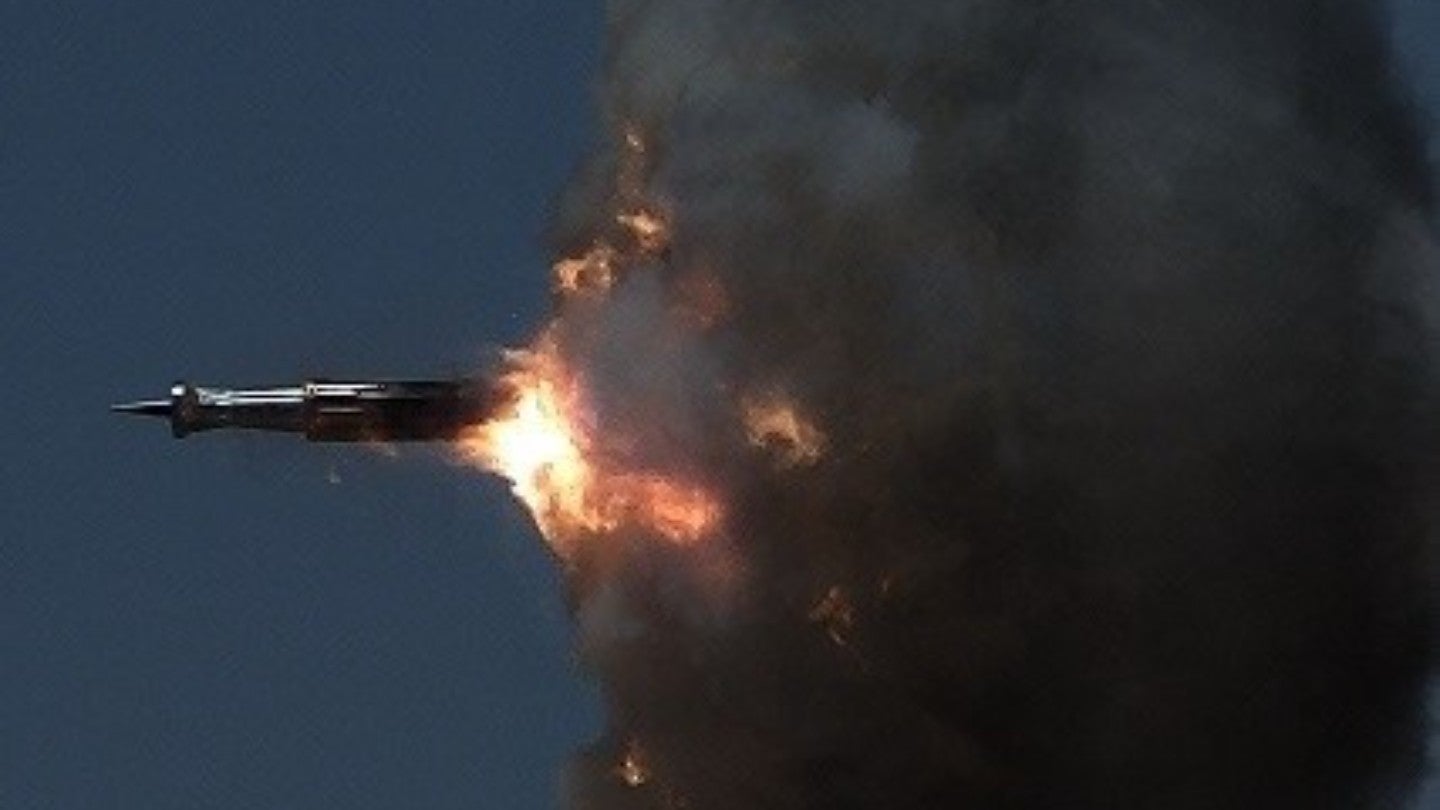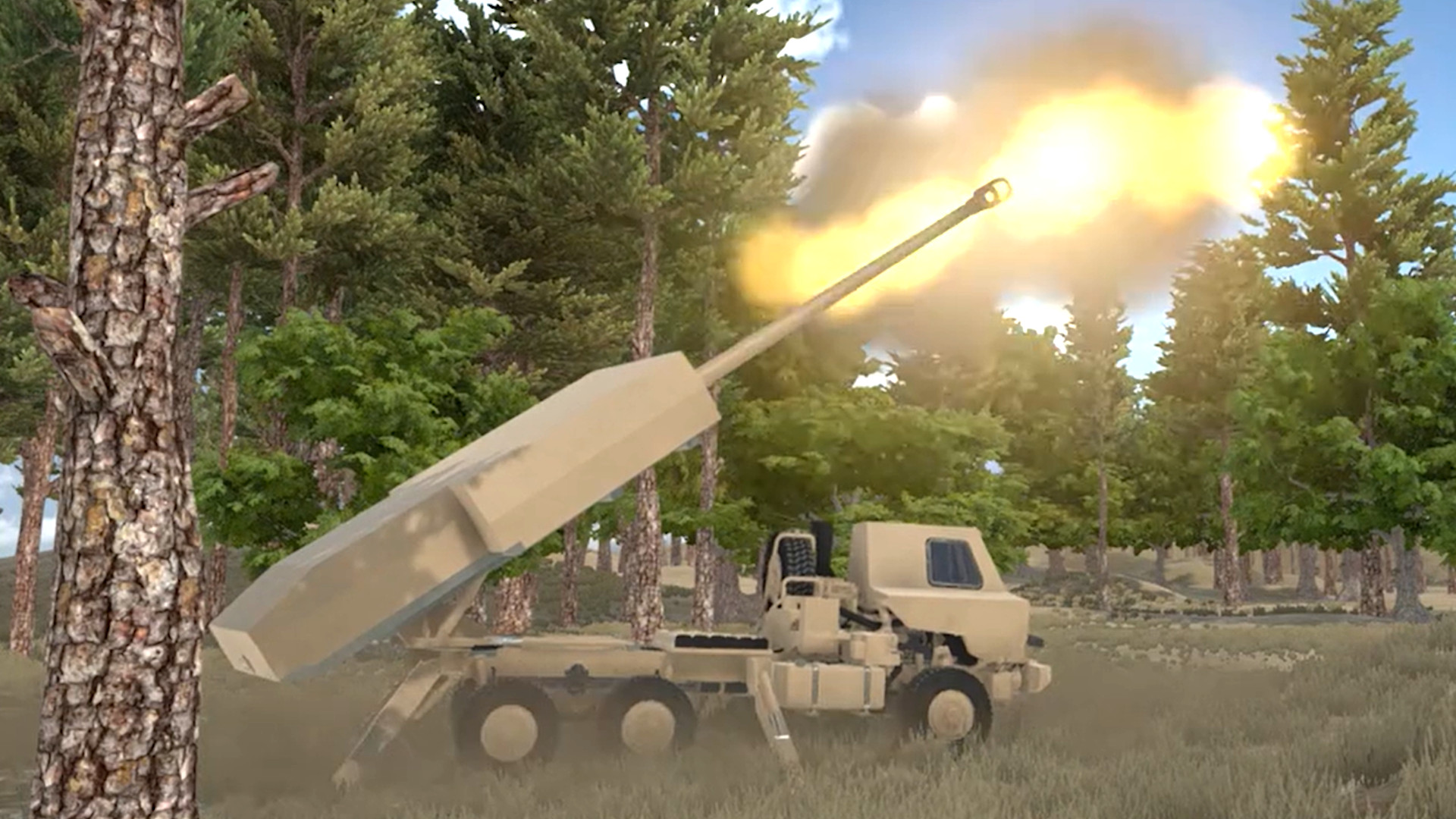Which leads one to wonder:
1 - is one CB-GS support battery enough these days - or does there need to be more of them to protect the CS batteries' abilities to engage and manoeuvre
That's a thing that comes and goes. In WW2 we had GS regiments and Fd regiments only had CS 25pdrs. During the sixties we went to four battery regiments, 3 x 105mm and 1 x 155mm as GS. (incidentally there are more issues that differentiate CS from GS one of which is that CS is required to establish coordination and observers to its supported arm. GS just provides delivery systems). Most western armies generally have one CS battery per manoeuvre battalion and one CS arty bn per manoeuvre brigade. GS is generally held at corps as rockets and decentralized as necessary but few armies have corps anymore. The US does and NATO has manufactured some.
2 - for the CB-GS role is it better to upgun the 155s into a configuration that will require more service due to wear and tear on barrels - or is it more practical just to bring a large Himars unit forward into the Div Arty GS role
I think most folks have gone to rockets. There used to be more long range guns (comparatively) like the M110 in the old days but those slipped away as rockets got better. The ERCA is a bit of an anomaly. I think initially it was envisioned as replacing the Paladins across the board but that was cut back. I don't know if the present deployment plan with a single battalion per Armor (reinforced) Div is an end-state or an interim measure. My guess is the US doesn't know either and will see how things shake out with it once its been in service for a while.
3 - if the 155 with HVP becomes an effective GBAD asset countering cruise missiles are those HVP rounds to be universally distributed, parked in specialist AAA batteries or issued to dual purpose GBAD-LRPF batteries.
I haven't seen much about the 155mm HVP in the GBAD role for some time. This was in the news a few years ago and since then crickets. I wouldn't want to speculate.
The 88mm was an air defence, anti-tank and direct fire support weapon used by multiple organizations on a variety of platforms.
The 88mm was a unique system that just happened to appear at the right time. It's role was really air defence which morphed into an excellent anti-tank gun. It never really became a direct fire support weapon. The Jagdpanther was a limited production based on some left over chassis and really designed as a poor man's tank and not a multifunctional assault gun like the Sturmgeschutz III and IV were.
There were actually two series. The 8.8 cm Flak (AA series came first) and the calibre proved useful against tanks so that an 8.8 cm Pak (ATk series) built specifically for anti armour work was developed. In its original Flak version it was big, ungainly, and not a good forward area weapon as its crew stood out in the open. In its Pak version, both on wheels and in tanks, it became a killer.
I don't think the same holds true at the 155mm calibre as rate of loading and reloading (and for that matter unloading if the wrong round is up the spout) become a big factor.
It'll be interesting to see if this gains traction.


www.army-technology.com


